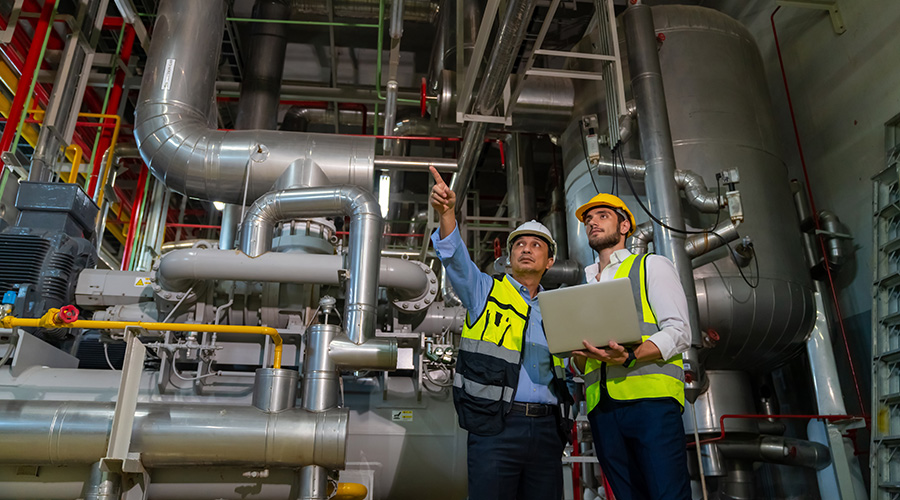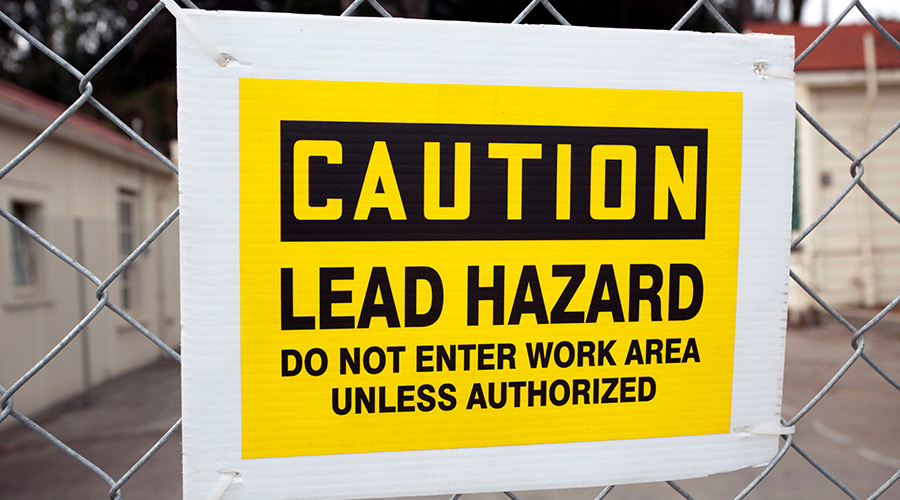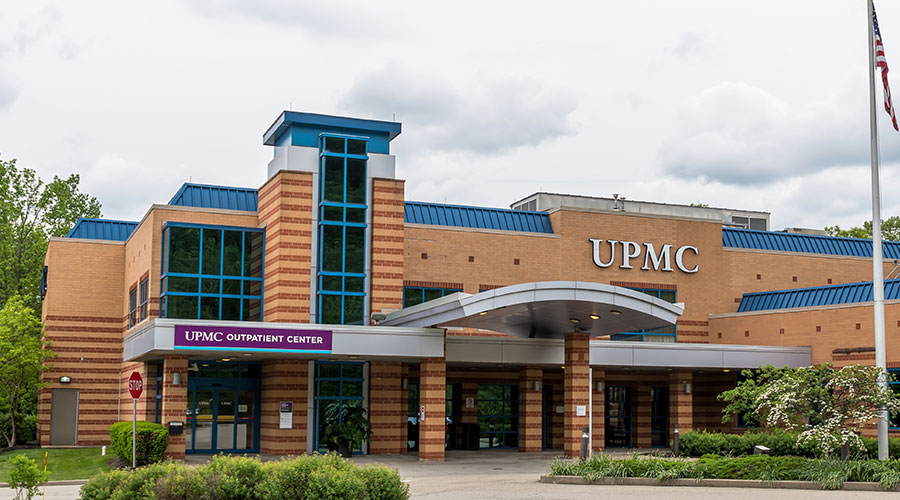Finding the Time for Preventive Maintenance
Managers have many excuses for not performing preventive maintenance. Those who can find the time can benefit their facilities.
This June marks my 40th year as a maintenance professional. During that May-June time frame, I also graduated from engineering school and got married. I figured out the engineering thing pretty quick, the maintenance thing took me 15-20 years to understand, and I’m still working on the marriage thing and probably will be for a little while longer.
Throughout the years, all of us in the maintenance management business have been criticized. Those making the comments might have plenty of reasons to be critical, and their comments might have a small element of truth in them, but I call many of these statements maintenance myths and misconceptions.
A matter of time
Reviewing the accompanying list of maintenance myths, no doubt many of you are shaking your heads and saying, “Yep, that’s a pretty good list. I’ve heard that before.” The one myth that I’ll talk about in more detail is the second myth: “We don’t have time to do preventive maintenance.”
Managers have many excuses for not committing to preventive maintenance (PM). “We have tried this, but we have too many emergencies. There’s no time to do PMs. It is a waste of time. We need to be working on failures, not inspections. Our customers won’t let us have the asset or equipment. When the shop does PMs, the machine never runs properly afterward.”
My favorite excuse is this one: “We have too many failures or breakdowns so no time to do PMs.” That’s unbelievable, to say the least. I struggle to find an explanation for this culture. I can’t decide if it is ignorance or just that no one cares. Ignorance is fixable, but attitudes are almost always forever.
This is the one myth from the list that I hear mentioned at all levels of organizations, from CEOs all the way to maintenance technicians. The leadership team seems to always say, “We tried preventive maintenance several times, but it never seemed to help.”
I believe the reason PM fails is that leaders don’t demonstrate the necessary conviction and discipline in order to make it work. In their defense, starting and maintaining a best-in-class PM program is not a short-term fix. A successful program takes time and conviction to stay on course until reactive maintenance work begins to diminish as a result of the PM efforts taking effect.
The excuse at the technician level comes from a different culture than that of the management team. Front-line technicians view reactive maintenance work as simpler and easier than PM — no planning, no thinking, no schedules, no meetings. They just wait until they hear the radio or the phone, and off they go to save the day once again.
By the way, when they do save the day, customers applaud them, pat them on the back and thank them profusely for helping once again. Customers are not even thinking about the whole process, and they don’t understand that if the organization had even an average PM program in place, the event might never have occurred in the first place. Customers unknowingly reward the department for not having a process in place.
Related Topics:














